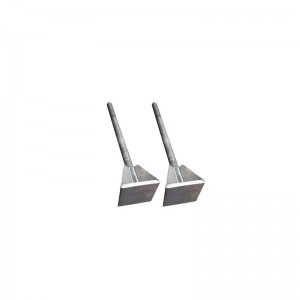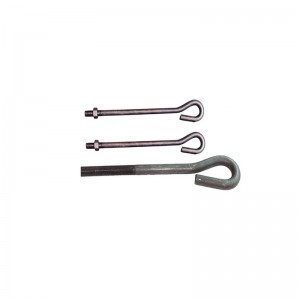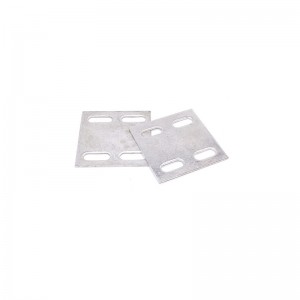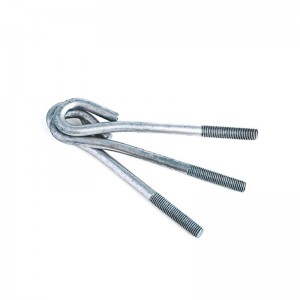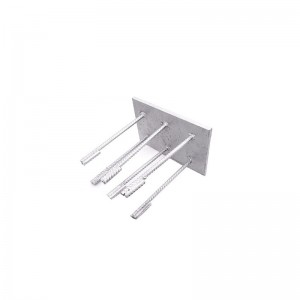Welding anchor bolts and embedded anchor bolts
Product Description
>>>
| Model | Complete specifications |
| Category | Welding anchor bolts |
| Head shape | Customizable |
| Thread specification | national standard |
| Performance level | Grade 4.8, 6.8 and 8.8 |
| Total length | Custom (mm) |
| Surface treatment | Natural color, hot dip galvanizing |
| Product grade | Class A |
| Standard type | national standard |
| Standard No | GB 799-1988 |
| Product specification | For details, contact customer service, m24-m64. The length can be customized according to the drawing, and L-type and 9-type can be processed |
| After-sale service | Delivery guarantee |
| Length | The length can be determined |
When the mechanical components are installed on the concrete foundation, the J-shaped and L-shaped ends of the bolts are buried in the concrete for use.
The tensile capacity of the anchor bolt is the tensile capacity of the round steel itself, and the size is equal to the cross-sectional area multiplied by the allowable stress value (Q235B: 140MPa, 16Mn or Q345: 170MPA) is the allowable tensile bearing capacity during design.
Anchor bolts generally use Q235 steel, which is smooth and round. Rebar (Q345) has high strength, and it is not easy to make the thread of the nut. For smooth-round anchor bolts, the buried depth is generally 25 times the diameter, and then a 90-degree hook with a length of about 120mm is made. If the bolt diameter is large (such as 45mm) and the depth is too deep, you can weld the square plate at the end of the bolt, that is, just make a big head (but there are certain requirements).
The buried depth and the hook are to ensure the friction between the bolt and the foundation, so that the bolt will not be pulled out and damaged.




